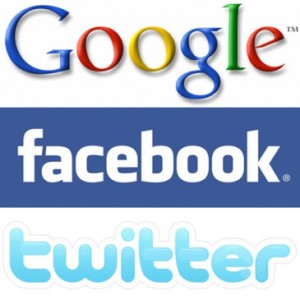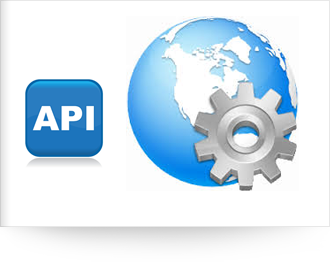
If you are like me, you would be sick of having to sign up with an email, username and password for every new web service that you would like to consume. It’s also a pain because almost all of these services require a verification of your email as part of the process. I am thankful that more and more services are adopting single sign on, allowing you to sign up for their services using either your Twitter, Google or Facebook accounts. By doing so, it really saves me the hassle of that whole process since I’m likely to be already signed on to some/all of these accounts. You just click Sign in with Google, authorize the web service, and voila, you have just established a link between Twitter, Google or Facebook to this web service.
Welcome to the integration of the Web!
Historical context
The Web has evolved from being a huge encyclopedia of information, to now a medium for services to be delivered to every corner of the world. What used to display only static webpages, now delivers fully interactive applications allowing everyone to communicate, attend classes, conduct financial transactions, organize and host meetings, and provide interactive entertainment and more. With the smartphone, this has extended even further, transforming it into your personal trainer, navigator, organizer, and informer, anywhere, anytime. We call this new marketplace of services “the cloud”, where we can consume web provided services such as email and office productivity suites, all with just a web browser.

Expanding the idea
The integration is not just limited to logins. Web services enhance their capabilities by integrating with other web services. For example, my very first encounter with web service integration was when I connected my Twitter account with Facebook, allowing me to update both simultaneously by posting on Twitter. This essentially reduced my maintenance and usage of two different web services to one.

APIs really make the web much easier to manage and navigate as it brings together web services to make them work better and more efficiently. There are even services like IFTTT that serve mainly to do this.
Conclusion
As I type this, I get excited about the prospects of the future. As more web services hit the web, they are going to be tied and integrated to some other services we are using, making the web seem like it is evolving and expanding features rather than trying to get you to go with “new” stuff. We would start seeing new services as adjustments of usage rather than whole new adoptions, and it makes the learning curve less steep. I look forward to all the cool new stuff that 2015 and beyond will bring to make our web experience that much sweeter.
